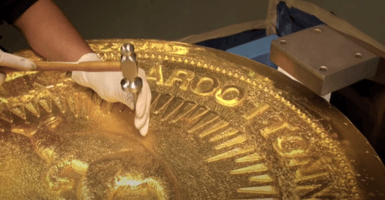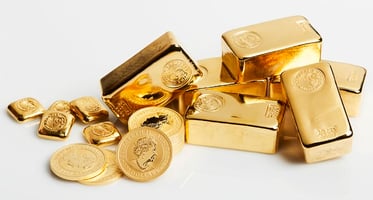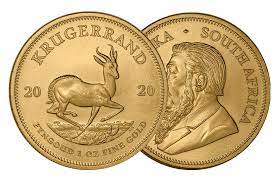The Perth Mint's One Ton Gold Australian Kangaroo Coin was awarded the title of the ‘"largest coin"...
Food for Thought When Buying Gold
Historically, the summer is the slow time for precious metals. Price lows are hit more often than price highs as investors turn their attentions to surf and sand.
So far… not this year.
Over the past week, both silver and gold prices surged. Silver was up nearly 8% in one week. Gold is driving ever closer to that $2,000 level, gaining 2% this past week.
Some experts are pointing to weaker retail sales numbers – 0.2% increase versus the anticipated 0.5% increase - coupled with a resilient labor market, as a reason for the Federal Reserve to leave interest rates alone again at their July meeting next week.
I believe the recent bout of U.S. dollar weakness is the reason for the surge in precious metals. The U.S. Dollar Index slumped below the 100-level late last week and earlier this week.
Whatever the reason for the surge in gold and silver prices, new buyers are emerging. So, I thought this would be a good time to look at some basic considerations for what form of gold to buy and how to safely and cost-effectively hold it.
The First Step
If you believe as I do that gold is essential to every portfolio as wealth insurance, it is only practical that your initial purchase should be one where you take physical possession of your gold.
My definition of wealth insurance is as follows…
Wealth insurance is the store of purchasing power, with high liquidity, for a potential financial crisis you hope to never have.
As such, when you need it, you should be able to put your hands on it immediately to meet a financial crisis. That dictates that you hold it directly. Even though it is much cheaper and vastly safer to buy Perth Mint Certificates, for me, the need for proximity overrules.
Taking delivery should be your first step.
How much should you hold directly? That depends upon two things…
1. How much do you anticipate needing to bridge a short-term gap until assets elsewhere can be accessed?
2. How much do you feel comfortable safeguarding and storing yourself?
The answers to those questions should dictate your direct holdings. Anything over and above should be placed in the hands of the professionals. Perth Mint Certificates should be your next step. Nothing is safer. Nothing is more cost-effective.
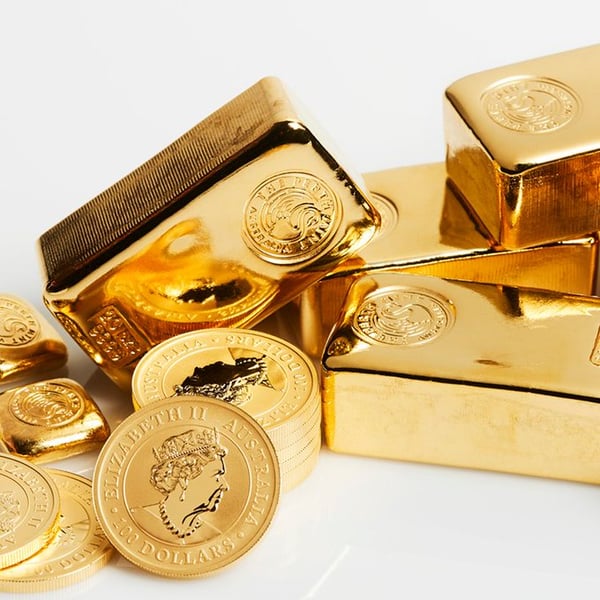
Coins Versus Bars
Is it better to buy coins or bars?
This question always comes up. I just returned from FreedomFest in Memphis, and sure enough, this was one of the first questions asked of me after my presentation.
Personally, I tend to go with the most cost-effective, readily recognizable option. However, most people I speak with have the belief that sovereign gold coins – gold coins minted by government mints – are the most liquid.
They may be right, but I have never had a problem buying or selling London Bullion Market Association (LBMA) approved bars in my twenty-seven years in the industry.
It really does come down to a matter of preference. Whatever helps you to sleep well at night is the right choice for you. One of our clients came to our booth at FreedomFest, pointed at a bullion coin on our table and said, “That’s my sleeping pill.”
It’s what allows him to sleep peacefully at night.
In the end, the entry point may be higher on sovereign coins versus LBMA bars, but the exit point tends to be higher as well. The spreads – the difference between your buy price and sell price – tend to be roughly the same.
So again, it really is a matter of preference.
Bullion Versus ETFs and Mining Stocks
After the question about coins versus bars, the next most-asked question I hear at conferences is in regard to the difference between owning physical bullion and either Exchange Traded Funds (ETFs) or mining stocks.
That’s simple. When you own gold bullion, you directly own gold.
When you own a gold ETF or a gold mining company, you own no gold whatsoever.
With the mining stocks, you own shares in a company whose job it is to mine gold profitably and to share those profits with the shareholders. You can see outsized gains with mining companies versus direct ownership of bullion, but you can also see outsized losses.
Further, there are many more variables which can affect your profitability with mining shares other than simply the movement in the price of gold. Permitting, environmental issues, relations between the mine and indigenous people, infrastructure, labor, etc.
Ultimately, just know that mining stocks are NOT part of your gold allocation. They are part of your equities allocation.
Exchange Traded Funds are a little different. You still have no gold ownership. Rather, you own shares in an entity whose job it is to mimic the gold price.
You own no gold. The entity is well-protected, but you are not. You cannot (in most cases) take delivery of metal, so your only alternative is to cash out in dollars. And, like mining shares, this is an equities allocation.
Given how cost-effectively you can own gold outright, unless you are an institution, I don’t see the allure of ETFs.
If you want to drive a Mercedes, own a Mercedes… don’t buy a Yugo and pretend.
If you want to own gold, own gold… don’t buy an ETF and pretend.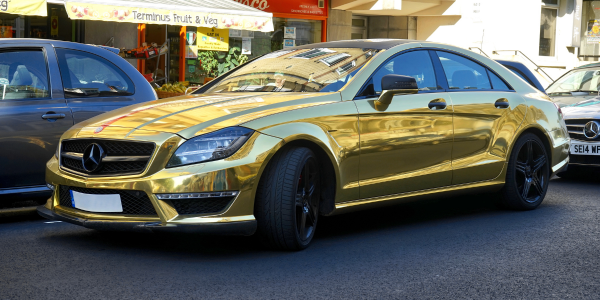
Three Steps to Peaceful Sleep
1. Call us – (800) 831-0007. We can help you assess your gold needs and offer some of the best ways to fill them.
2. Email us – infoasi@assetstrategies.com. We will send you a free Special Report on the Ten Most Common Mistakes of First-time Gold Buyers.
3. Act – Take advantage of the relatively low gold and silver prices and the recently falling premiums to fill your allocation.
Buying well is one of the best ways I know to Keep What’s Yours!
.


.png?width=600&height=378&name=historical-gold-prices-100-year-chart-2023-07-18-macrotrends%20(1).png)
